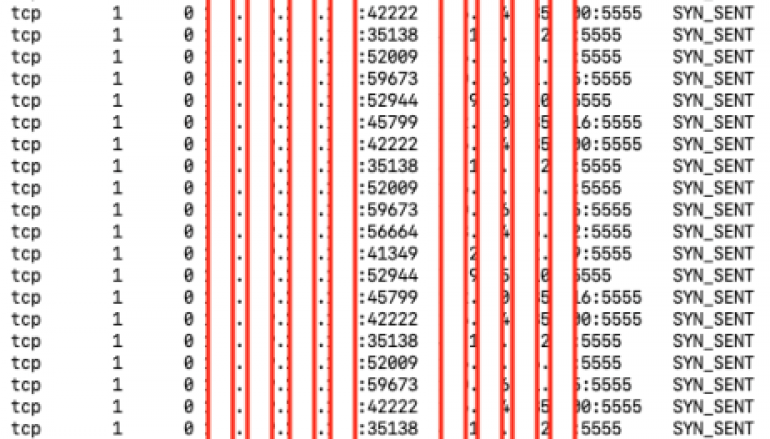
Researchers from WootCloud Labs have Uncovered a New IoT Botnet Named Ares
Researchers from WootCloud Labs have uncovered a new IoT botnet named Ares that is targeting Android-based devices.
Experts from WootCloud Labs have spotted a new IoTbotnet tracked as Ares that is targeting Android-based devices that have a debug port exposed online.
Experts noticed that most of the devices targeted by the bot are Android set-top boxes manufactured by HiSilicon, Cubetek, and QezyMedia.
“During our research, WootCloud Labs has discovered the Ares ADB botnet targeting Android-based IoT devices to trigger infections at large scale.” reads the analysis published by the experts.
The Android Debug Bridge (adb) is a command-line tool that allows developers to communicate with an Android device. The adb command facilitates a variety of device actions, such as installing and debugging apps, and it provides access to a Unix shell that you can use to run a variety of commands on a device.
The ADB could be abused by malware to target Android phones through the port 5555. By default, Android has Android Debug Bridge (ADB) option disabled, but often vendors enable it to customize the operating system, then ship the devices with the feature turned on. In September 2018, researchers observed the Hide and Seek (HNS) IoT botnet targeting Android devices with ADB option enabled.
In June, Trend Micro discovered an Android crypto-currency mining botnet that can spread via open ADB (Android Debug Bridge) ports and Secure Shell (SSH).
Ares is a Mirai-based botnet that was one of the most active in July:
The bot scans the web for unsecured devices exposing the debug post, then operators download a version of the Ares malware on the device, that start scanning the web for other systems to infect.
Ares bot also scans for both other Android systems running Telnet services and attempt to crack passwords protecting them.
“The Ares bot can copy and write itself to other targeted Android IoT devices running with exposed ADB services. Launching Password Cracking Telnet Scans and Infecting Devices: After the execution of binary, it was also noticed that Ares triggered scanning for exposed Telnet services on the Internet in order to compromise them using password based scanning attempts as shown in Figure 3.” continues the analysis. “The idea is to extend the botnet by including broad-based devices and not only android-based IOT devices.”

The Ares bot is camouflaged and distributed as an adb binary usually dropped in the “data/local/tmp” folder and allowed to execute via custom script.
As a result, any infected Android devices, especially those installed in enterprise environments, can become points of entry in a breach. Companies are advised to implement firewalls or other security solutions, or segment local networks, so any infected device doesn’t have access to critical systems.
Below the list of countermeasures suggested by the WootCloud:
- Implement VLAN segmentation to restrict the ingress and egress network traffic to the IoT devices.
- Restrict the access to ADB interface on the IOT devices to only authorized IP address space. Monitor the ADB interface traffic originating from unknown resources including the network traffic originating from these devices.
- Protect with string passwords services such as Telnet, Web, SNMP.
- Always change default settings.
This post Researchers from WootCloud Labs have Uncovered a New IoT Botnet Named Ares originally appeared on Security Affairs.





